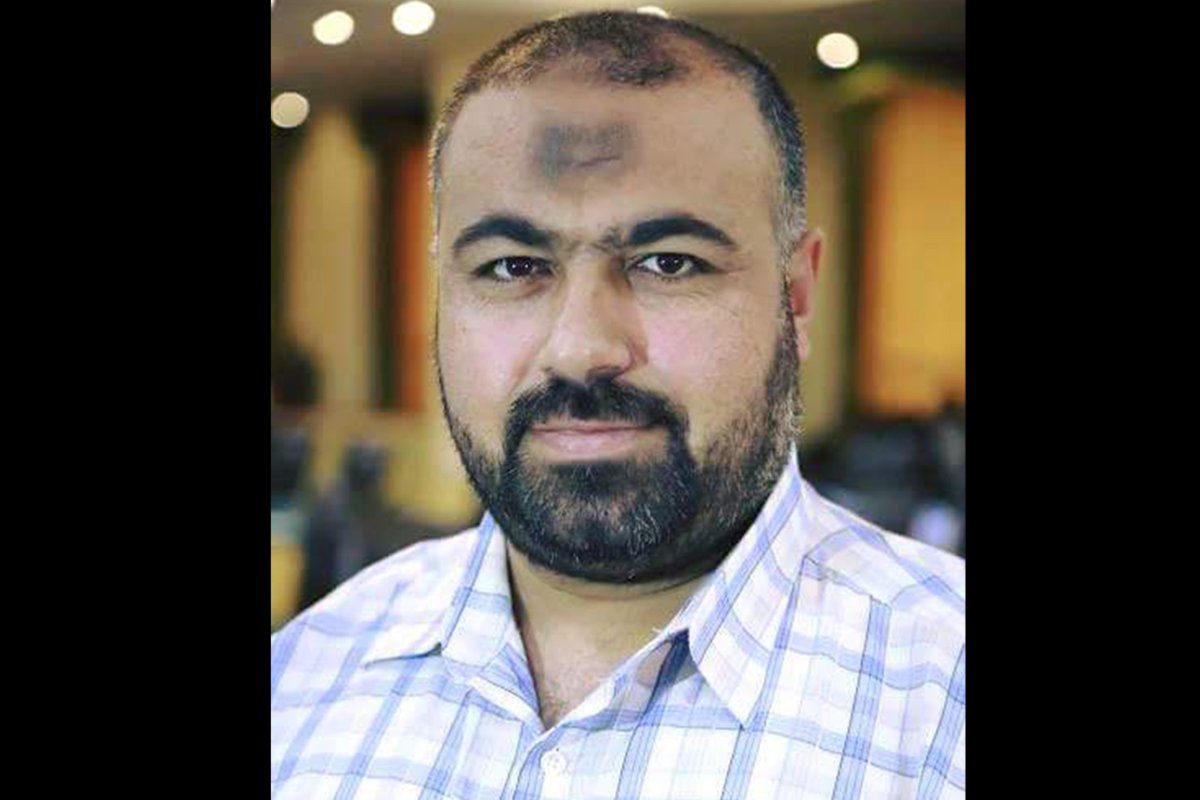It is ten years since the people of Tunisia took to the streets and started what became known as the Jasmine Revolution which led to the ouster of dictator Zine El Abidine Ben Ali in January 2011. The revolution triggered a range of similar uprisings across the Arab world, with some regimes changing as a result, as well as further oppression, mass displacement and external interference.
The Tunisians may have ended the dictatorship under which they had lived for decades, but they are still struggling to reap the benefits of their achievement. A stable, secure and prosperous Tunisia is still tantalisingly out of reach. While some long for a return to a dictatorial system, others feel that they are not yet ready to live in a democracy.
Nevertheless, they have participated in several elections, and five presidents and 13 different governments have tried to run the country in the past decade. None of these governments has stayed in office more than 18 months, and none of the political parties have been able to deliver the promised reforms due to the extreme polarisation within Tunisia. Citizens seem to have lost trust in most of the political parties, which is perhaps why they endorsed an independent academic, Kais Saied, as president in October 2019.
Tunisia’s political system post-revolution is semi-presidential. The elected president nominates a prime minister, who needs the approval of parliament for his government. Power is divided between the president and parliament. The system is flawed, in that the Constitution does not allow any party to get an absolute majority, which means that the prime minister is usually an opponent of the president who nominates him.
READ: Can the Arab Spring really be an Israeli conspiracy?
When President Saied proposed Hichem Mechichi to form the government, Mechichi was closer to the president more than the parliament, but was obliged to switch his allegiance to the main political parties which form the majority in parliament in order to avoid the fate of his predecessors whose governments failed to get parliamentary approval and support. Saied found himself obliged to ignore the demands of the revolution and throw himself into the hands of the remnants of the ousted regime.
Mechichi got closer mainly to Ennahda and the Heart of Tunisia and some other parties in order to protect his government. This put the prime minister at odds with the president, who imposed certain members onto Mechichi for his cabinet. Going over the prime minister’s head, Saied ordered Interior Minister Taoufik Charfeddine to make a reshuffle in his ministry, but Mechichi did not allow it to happen. He fired Charfeddine and annulled his changes.
![Tunisia's former Prime Minister Hichem Mechichi in Tunis on September 3, 2020 [FETHI BELAID/AFP via Getty Images]](https://i0.wp.com/www.middleeastmonitor.com/wp-content/uploads/2020/09/GettyImages-1228322216-1.jpg?resize=1200%2C800&ssl=1)
Tunisia’s former Prime Minister Hichem Mechichi in Tunis on September 3, 2020 [FETHI BELAID/AFP via Getty Images]
Instead, Saied has apparently started to form a new alliance to stand against the prime minister and speaker, involving remnants or supporters of the ousted regime of Ben Ali. While refusing to sit with the speaker of parliament, Saied hosted Samia Abbou MP from the Democratic Bloc just four hours after declaring a hunger strike in protest against “chaos” in the legislature. While he refuses to meet with his prime minister, he has met with the former interior minister to discuss security issues in the country.
Moreover, with Saied refusing a proposal from Ghannouchi to reduce political tension in Tunisia, he has met with Noureddine Taboubi, the Secretary-General of the Tunisian General Labour Union (UGTT). According to the leader of the parliamentarian Al-Karam Coalition, Seif Eddine Makhlouf, the union has been operating against the interests of the Tunisian people. Despite this, Saied accepted Taboubi’s proposal unconditionally.
READ: Tunisia’s road to democracy
In the middle of this, the leader of the Heart of Tunisia party, Nabil Karoui, was arrested over a case that dates back to 2016, reported Al Jazeera. The president hailed the detention of his political opponent. Ghannouchi not only expressed his sadness over what happened to an ally, but also reiterated his confidence in the Tunisian judiciary which, he said, would release Karoui due to the lack of evidence.
In a series of articles published by Al Jazeera Arabic website, former President Moncef Al-Marzouki described the Constitutional Article which does not allow any party to achieve a majority as “dirty”, and said that it targeted Ennahda, the only organised and popular party which emerged in strength after the revolution. He said that the Article in question also aimed to turn parliament into a political battleground in which no parties can make any significant decisions or approve any essential proposals.
Ten years down the line from the revolution, the Tunisian people must be disappointed with President Kais Saied, who is ruling the country despite not having any political background. The man has failed to fulfil any of the Tunisians’ aspirations which they had sought through their revolution. Instead, he has polarised their country even more.
The views expressed in this article belong to the author and do not necessarily reflect the editorial policy of Middle East Monitor.


![A woman holds the national Tunisian flag during a rally on 14 January 2016 [FETHI BELAID/AFP/Getty Images]](https://i0.wp.com/www.middleeastmonitor.com/wp-content/uploads/2018/01/TunisiaGettyImages-504962338.jpg?fit=1106%2C800&ssl=1)









